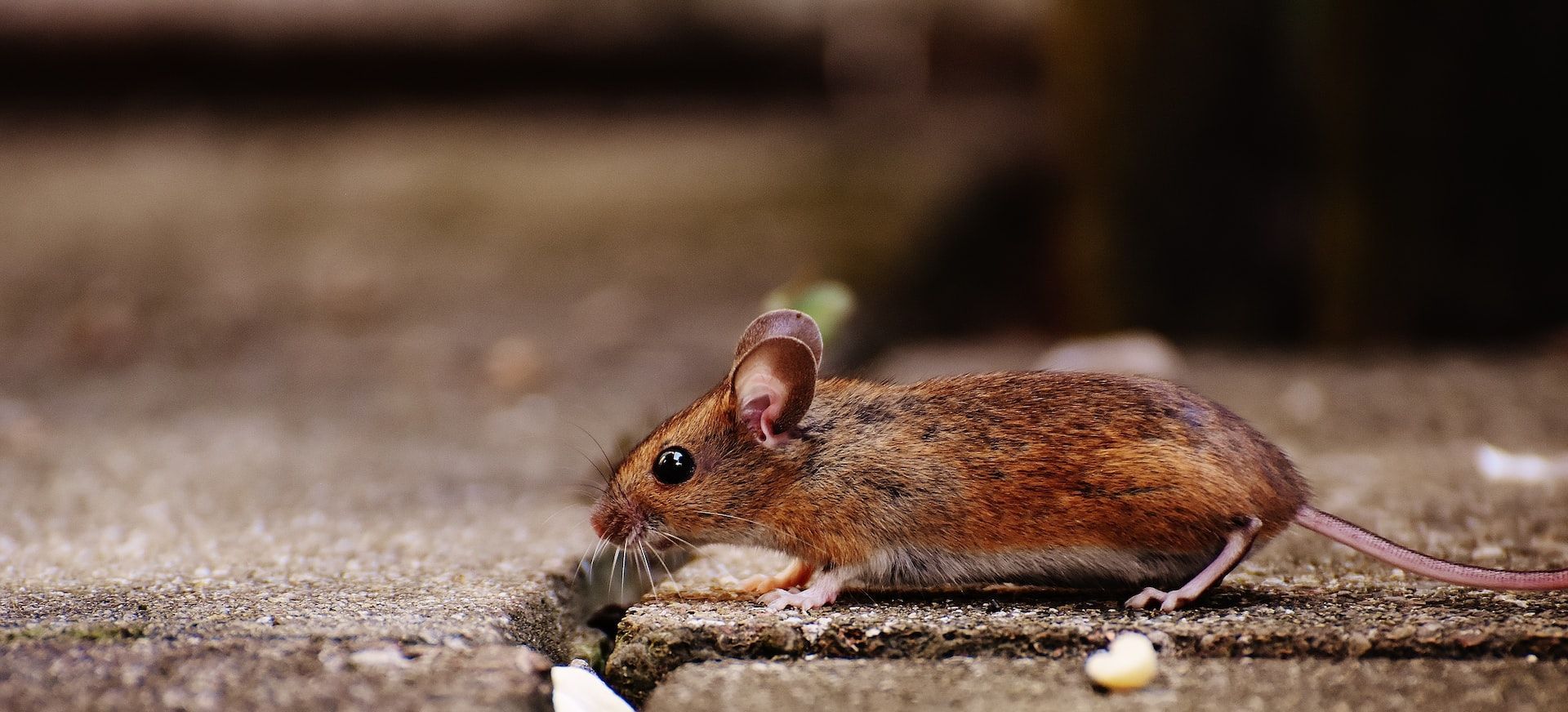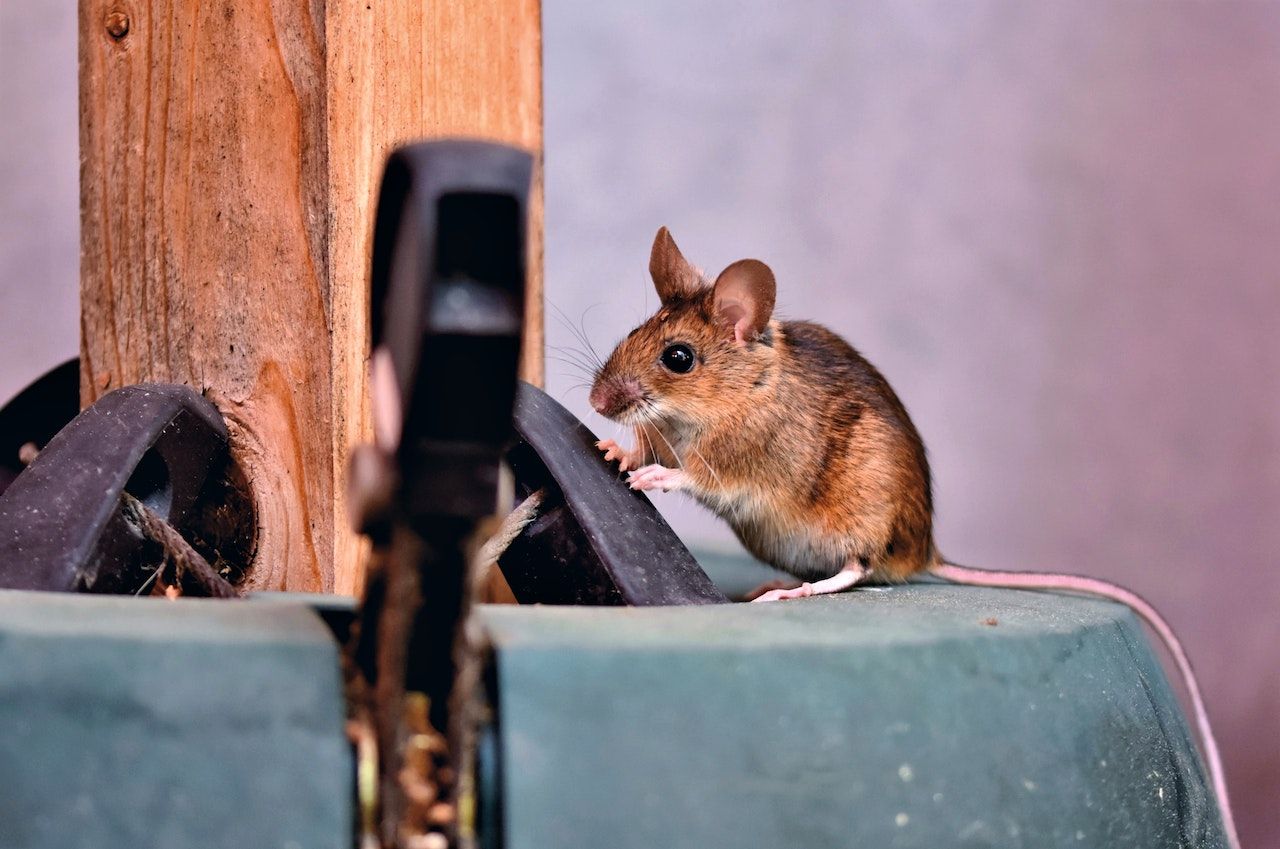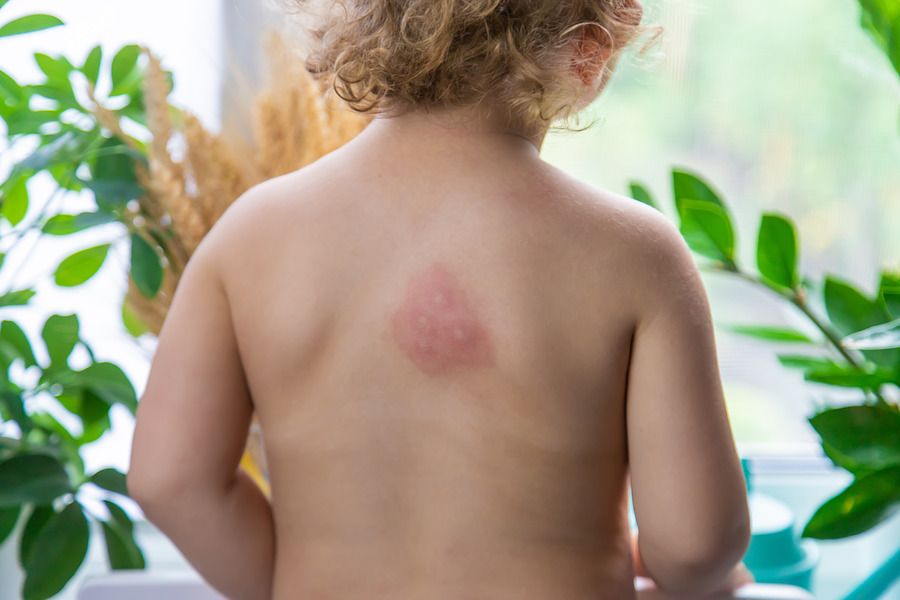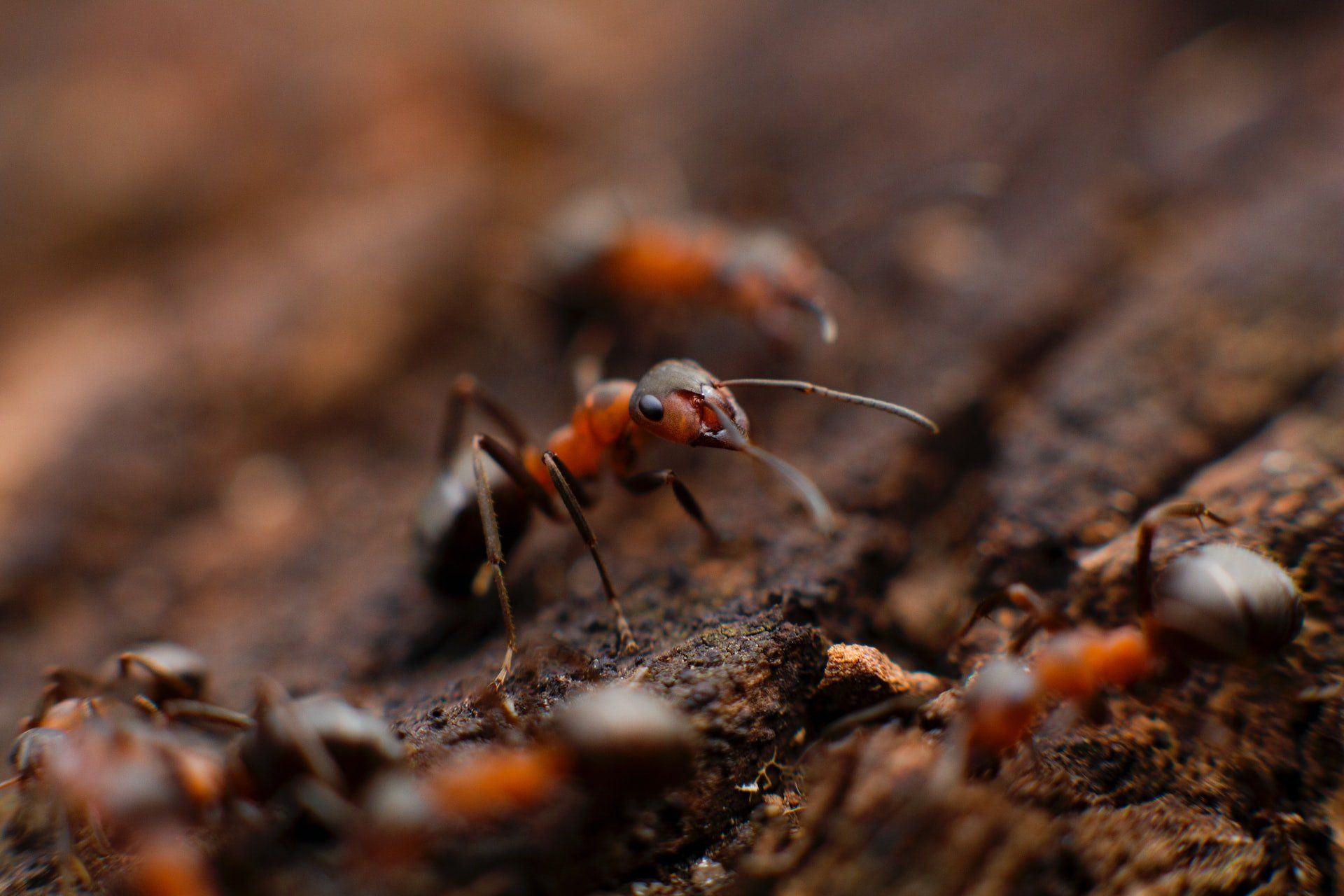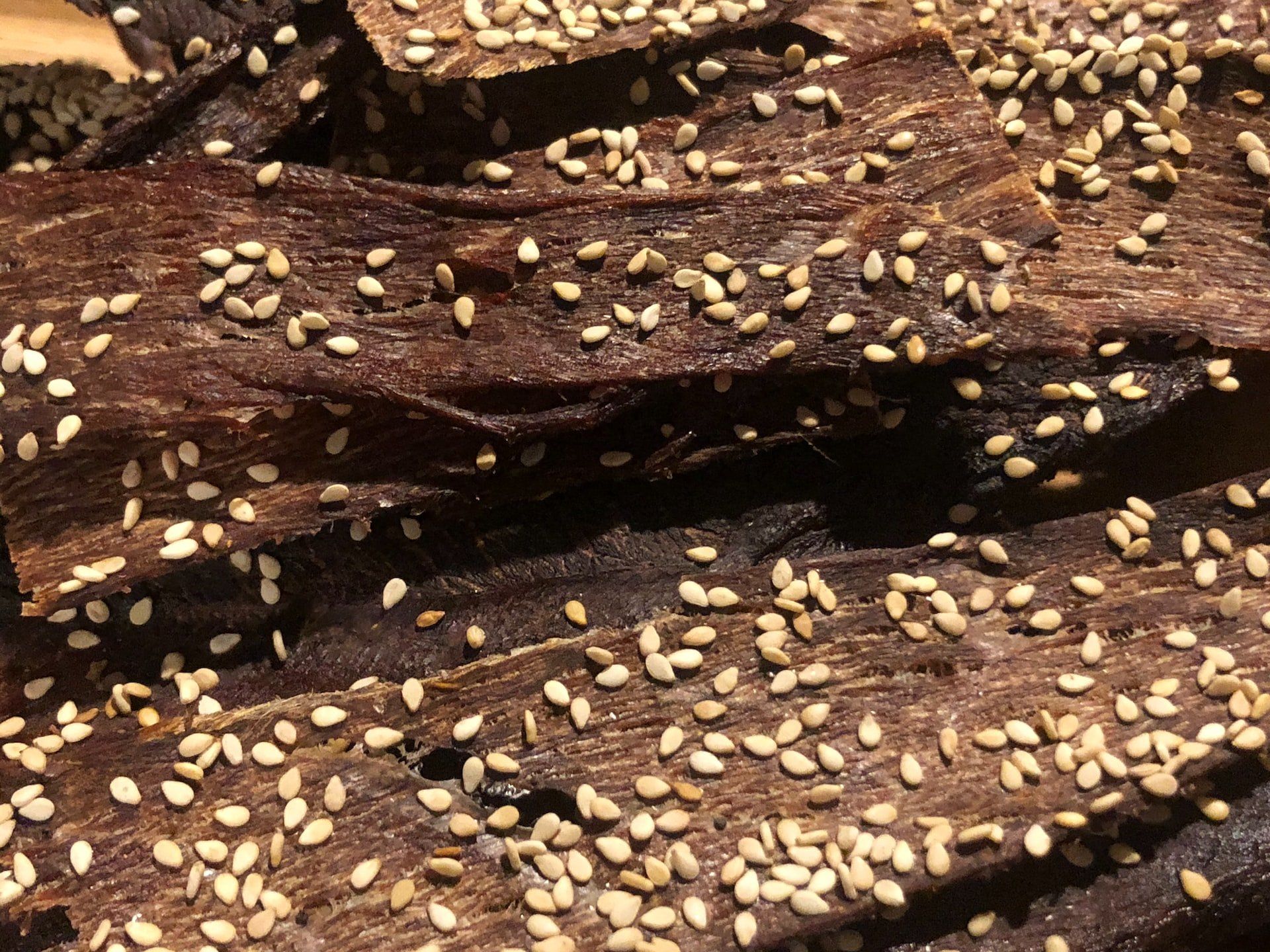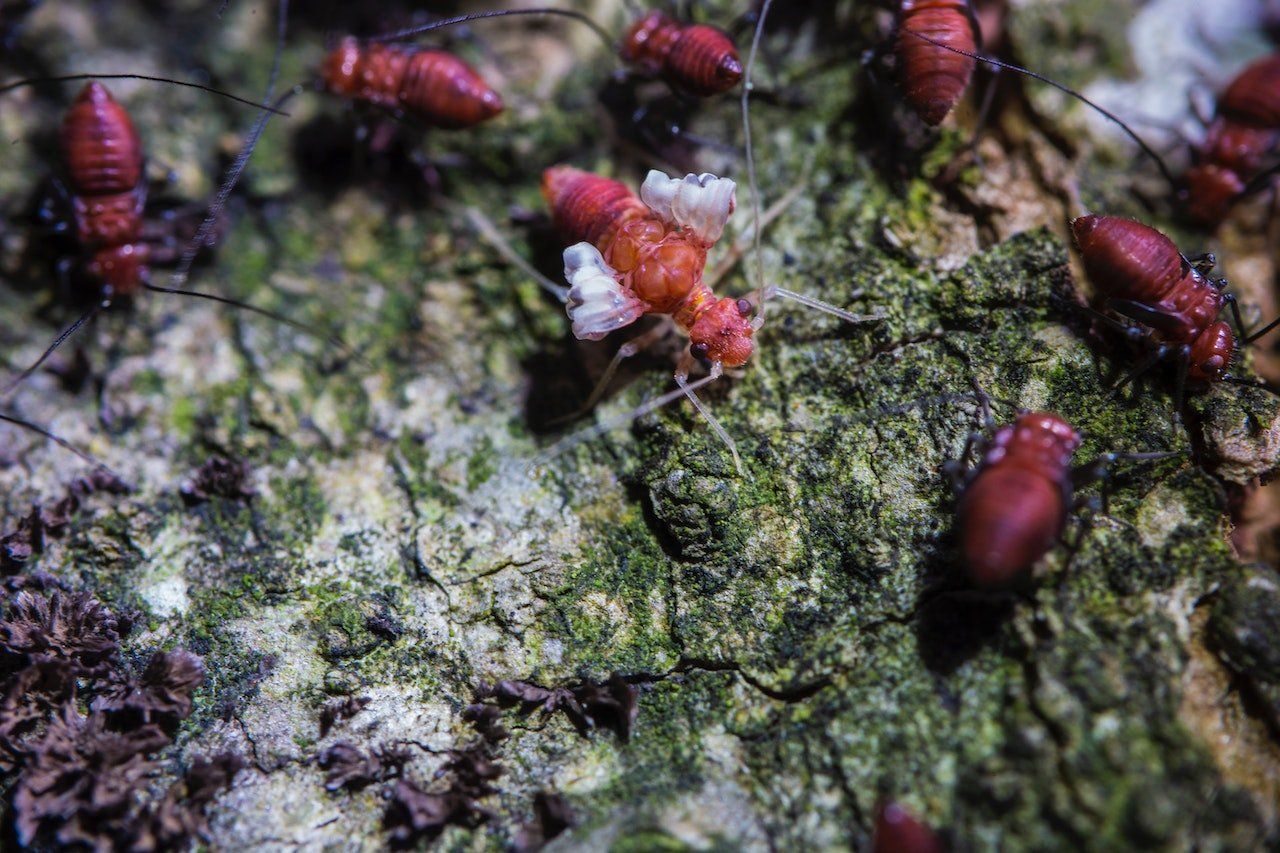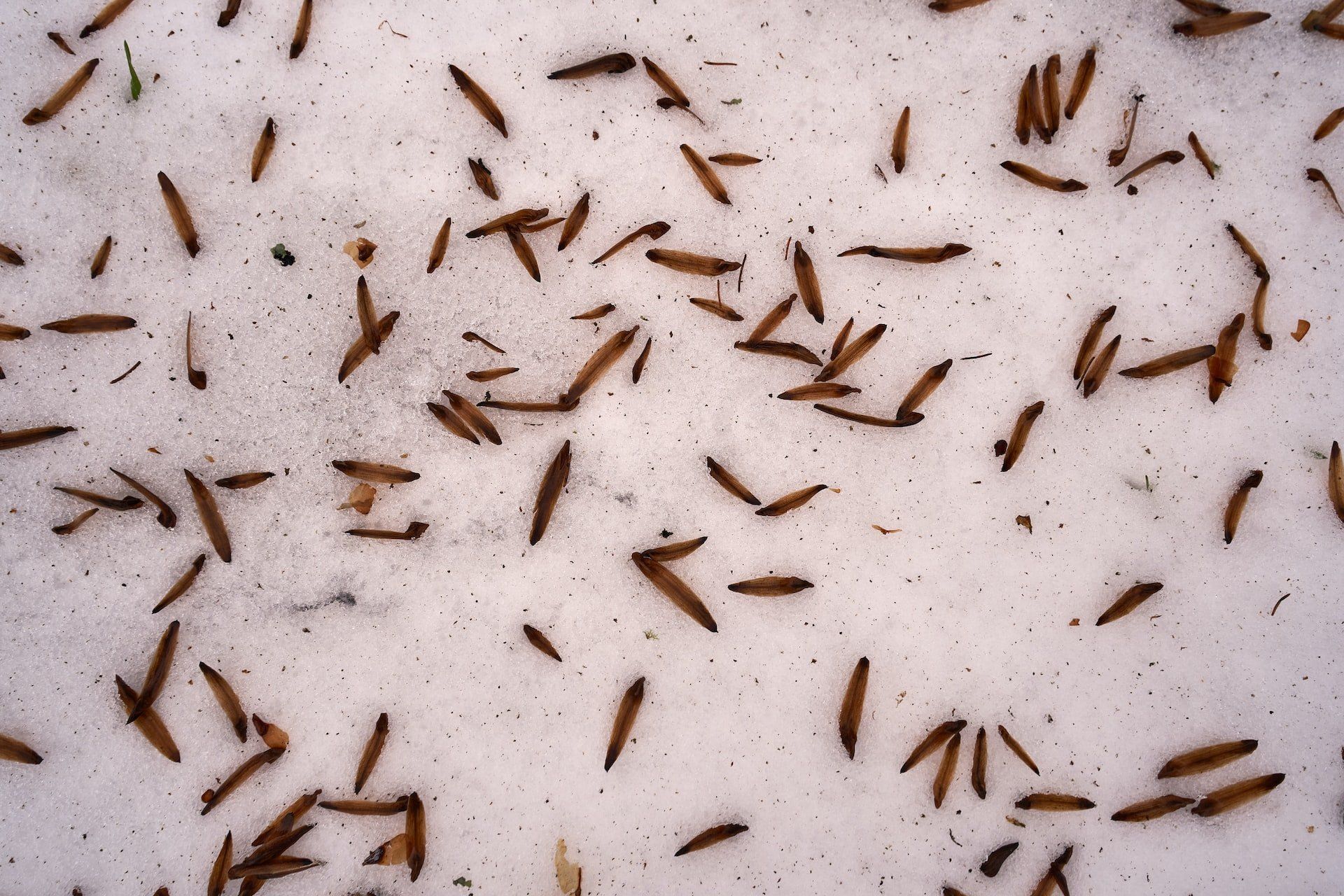What Flying Termites Look Like and How to Get Rid of Them
As the seasons change from winter to spring and summer, and humidity levels rise, so does the possibility of a termite infestation in your house. Subterranean termites may develop subterranean colonies to penetrate your property and inflict widespread harm — causing more damage to homes in Australia than fire, floods, and storms combined. Termites, sometimes known as silent destroyers,' are capable of hiding for years while slowly nibbling away at your prized possession. If given the opportunity, the subterranean termite will devour your house down to the ground.
The presence of flying termites swarming in enormous groups is one of the primary indicators of a termite infestation. The combination of an increase in temperature and significant rainfall is one of the causes of termite swarms.
Suppose you encounter swarms of flying termites surrounding your property. In that case, it should serve as a warning sign of one of two possible dangers: you currently have an existing termite problem, or your home is at risk of a termite infestation.
If you notice flying termites on your property, contact a certified termite inspector immediately.
What Do Flying Termites Look Like?
Flying termites are distinguished from other flying insects by their appearance, which may be determined by closely inspecting them.
Depending on the species, flying termites come in a variety of colours.- Flying termites are often the same beige/tan colour as the other termite castes.
- They feature two antennae that are frequently straight with a slight curvature and two sets of wings equal in length, white and transparent, and veiny.
Termites can be classified based on their body form. Both flying termites and wingless termites have a single-part thick body. Termites, unlike ants, do not have a constriction between their thorax and abdomen.
How Are Flying Termites Different From Flying Ants?
Flying termites are sometimes confused with flying ants, and while they appear similar in size, shape, and colour, there are several significant distinctions to be aware of at first sight. The wings are the primary distinction between a flying termite and an ant. The termite's four wings are all the same length and breadth, but the flying ant's two top wings usually are double the size of the bottom two wings. The ant's antennae curve at a 90-degree angle, but the flying termite's antennae are straight with a very tiny bend at the end.
How to Get Rid of Flying Termites
There are several ways to get rid of flying termites and prevent them from returning. It is possible to control flying termites for a more extended period using a residual insecticide that remains effective for several weeks. This means that if you treat your yard in the fall, it will continue to kill termites flying around the house and yard through the winter.
A contact killer that can be used in conjunction with bait is a very effective control mechanism. A popular conventional method of controlling flying termites is to use a combination of insecticides and baits. This is the most effective method since you are going after the termites when they are away from the nest. The baits are attractive to the worker termites, which will carry them back to the nest to be eaten and then passed on to the colony.
Conclusion
Termite infestations can be dangerous to your home and your health. While it is essential to take notice of the signs of a potential infestation, it is equally as essential to take action if you suspect a termite issue.
Roach Busters offers trusted, eco-friendly, and effective pest control solutions to tackle a variety of infestations. If you are looking for termite
treatment services in Sydney, reach out to us today!



